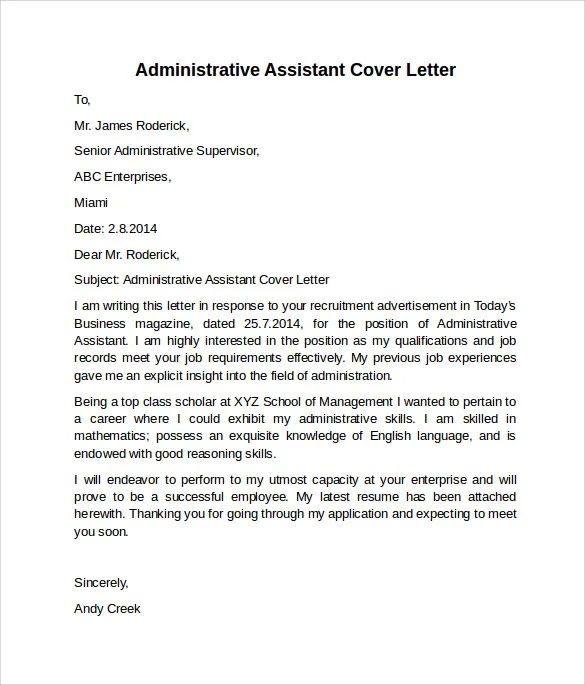Understanding the Administrative Cover Letter
An administrative cover letter is a crucial document in your job application, serving as your introduction to a potential employer. It’s more than just a formality; it’s an opportunity to make a strong first impression and highlight your suitability for the administrative role. Unlike a resume, which provides a comprehensive overview of your work history, the cover letter allows you to personalize your application and connect your skills and experience directly to the specific requirements of the job. It’s where you showcase your personality, communication skills, and understanding of the role and the company. A well-crafted administrative cover letter can significantly increase your chances of securing an interview and ultimately landing the job. Remember, it’s a sales pitch, and you are the product.
Key Elements of an Administrative Cover Letter
To write a compelling administrative cover letter, it’s essential to understand its core components. Each section plays a vital role in conveying your qualifications and enthusiasm. The cover letter should include a header, which contains your contact information and the date, followed by the recipient’s details. A strong opening paragraph grabs the reader’s attention and states your intention to apply for the position. The body of the letter should highlight relevant skills and experience, providing specific examples to demonstrate your abilities. The closing paragraph summarizes your interest and expresses a call to action, such as requesting an interview. Proper formatting, including clear fonts and spacing, enhances readability. Thorough proofreading is also essential to eliminate any errors that could damage your credibility.
Header of your Cover Letter
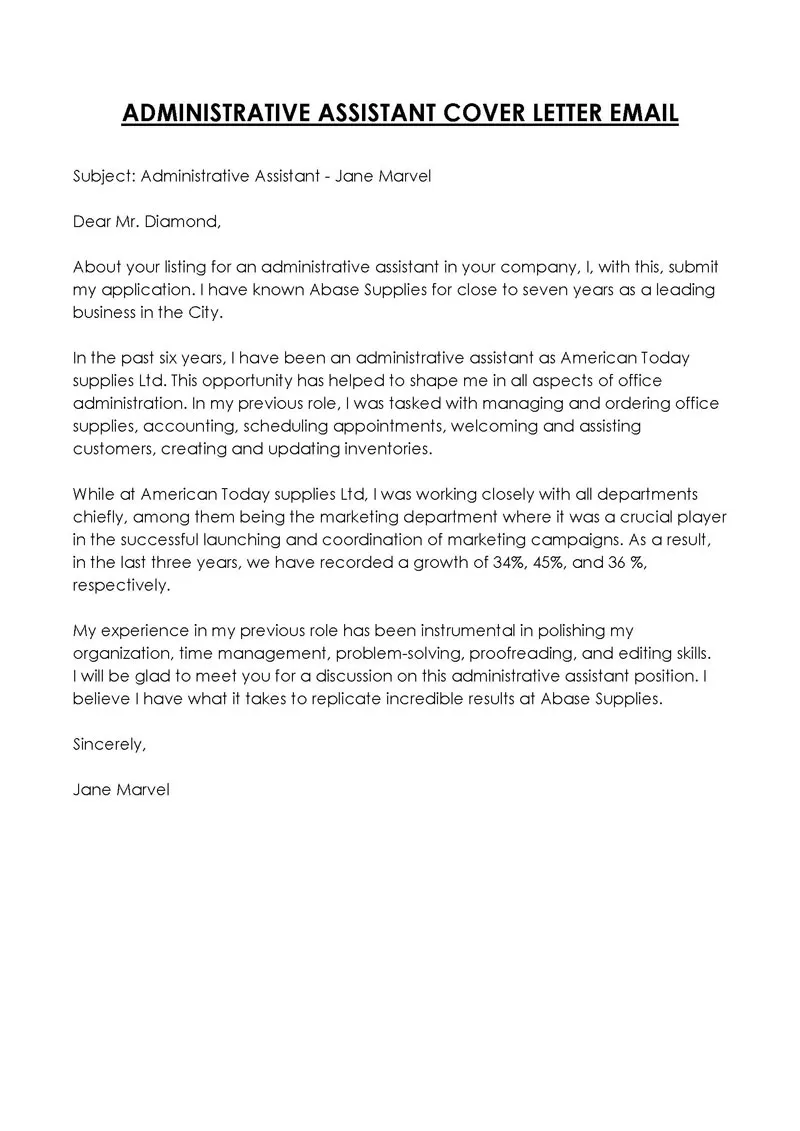
The header is the first element of your administrative cover letter. It should be placed at the very top of the document. The header includes your contact information, such as your full name, address, phone number, and professional email address. It’s also essential to include the date you are submitting the application. The date helps to ensure the letter is timely. The recipient’s information, including their name, title, and the company’s address, should be placed below the date. This information demonstrates that you are tailoring your application to a specific opportunity and company. Ensuring this part is accurate and professional is critical. This demonstrates attention to detail and respect for the recipient.
Your Contact Information
Your contact information should be presented clearly and concisely in the header of your cover letter. This section should include your full name, professional email address, and phone number. The email address should be professional; avoid using informal or outdated email addresses. Verify that the phone number is accurate and includes the correct area code. This information allows the hiring manager to easily reach you to schedule an interview or follow up on your application. It demonstrates your availability and willingness to be contacted. Presenting a neat and organized contact section creates a positive first impression and shows your professionalism.
Date and Recipient Information
Following your contact details, the date of your cover letter should be included. This indicates when the letter was written. It is followed by the recipient’s information, which is essential to personalizing your cover letter. This section should include the hiring manager’s name (if known), their job title, and the company’s address. If you are unsure of the hiring manager’s name, research the company’s website or LinkedIn to find the correct contact person. Addressing the letter to a specific individual shows initiative and attention to detail. Accurate recipient information shows that you have done your homework and are genuinely interested in the position, which immediately sets your application apart.
Salutation of your Cover Letter
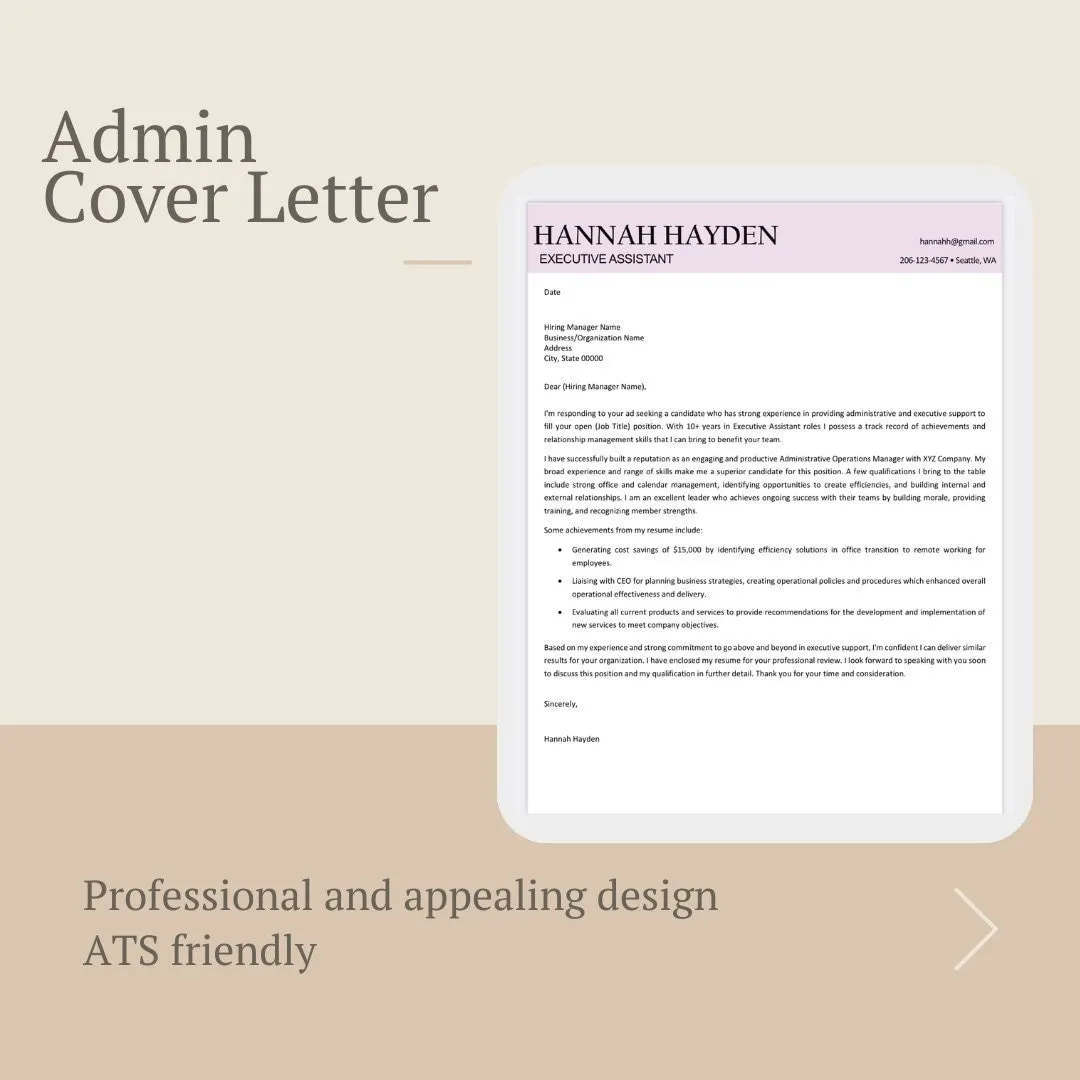
The salutation is the greeting used at the beginning of your cover letter. The most common salutation is “Dear [Hiring Manager’s Name],” if you know the name of the person. If the name is unavailable, you can use “Dear Hiring Manager” or “Dear [Company Name] Hiring Team.” Avoid generic greetings like “To Whom It May Concern.” The salutation sets the tone for the letter and establishes a professional relationship from the start. Make sure to spell the hiring manager’s name correctly to demonstrate respect. A personalized salutation immediately shows that you have put effort into your application and are not using a generic template.
Crafting a Strong Opening
The opening paragraph is crucial in capturing the reader’s attention and setting the tone for your cover letter. Start by clearly stating the position you are applying for and where you saw the job posting. Then, briefly summarize your key qualifications and experience that align with the job requirements. This initial paragraph should be concise and engaging, immediately highlighting why you are a strong candidate. Consider using a brief anecdote or a statement of your understanding of the company’s needs to show your proactive approach. Avoid generic opening lines; instead, personalize your introduction to make it stand out. Remember, the opening is your chance to hook the reader and make them want to read the rest of your letter.
Highlighting Relevant Skills and Experience
The body of your cover letter should highlight your relevant skills and experience. Analyze the job description to identify the key requirements and then provide specific examples from your past roles that demonstrate your abilities. Instead of simply listing your skills, provide context and show how you used those skills to achieve results. This is where you showcase the value you bring to the position. Use action verbs to describe your accomplishments and quantify your achievements whenever possible. The goal is to convince the hiring manager that you not only possess the required skills but also have a proven track record of success in an administrative role. Tailor your examples to match the specific needs of the company and the job.
Showcasing Administrative Skills

When highlighting your administrative skills, focus on those most relevant to the job. Include skills like organization, time management, communication, and attention to detail. Provide specific examples of how you have utilized these skills in your previous roles. For example, detail how you managed schedules, organized documents, or communicated with clients and colleagues. Quantify your achievements whenever possible; for instance, state how you improved efficiency or streamlined a process. Demonstrate your proficiency with relevant software and tools, such as Microsoft Office Suite, CRM systems, or other administrative tools. This shows that you’re equipped with the necessary abilities to handle the responsibilities of the position. Ensure that your examples align with the requirements listed in the job description.
Quantifying Achievements
Quantifying your achievements is essential for making your cover letter more impactful. Instead of simply stating what you did, use numbers and metrics to illustrate the impact of your work. For example, instead of saying “Managed schedules,” you could say, “Managed schedules for a team of 10, ensuring 100% on-time project completion.” Similarly, if you improved efficiency, state the percentage by which you increased it or the time you saved. If you managed budgets, specify the size of the budget you handled. Quantifying your accomplishments makes your achievements tangible and demonstrates your ability to deliver results. This approach is highly persuasive and shows the hiring manager the concrete value you bring to the role. Using numbers makes your claims more credible and memorable.
Demonstrating Company Knowledge
Demonstrating your knowledge of the company is a powerful way to show your genuine interest and that you have done your research. Before writing your cover letter, thoroughly research the company. Visit their website, read their mission statement, and learn about their products, services, and values. If possible, review recent news articles or social media posts about the company. In your cover letter, reference specific company initiatives, projects, or values that resonate with you and align with your career goals. This shows the hiring manager that you are not just applying for any job; you specifically want to work for their company. Personalize your letter by expressing your understanding of their goals and how your skills and experience can contribute to their success. This level of detail sets you apart from generic applicants.
Structuring the Body Paragraphs
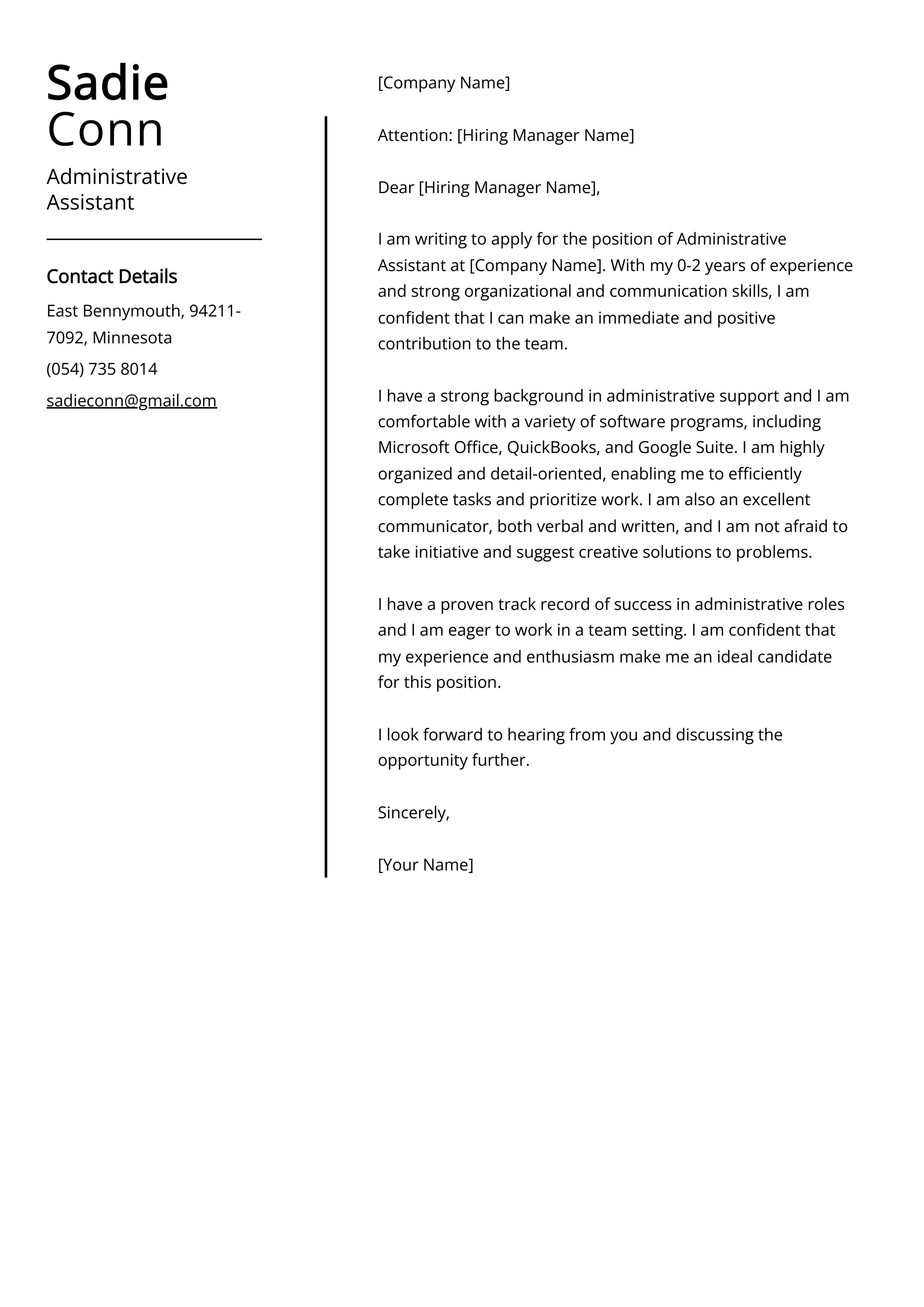
The body paragraphs are where you expand on your skills and experiences, supporting your claims with specific examples. Structure your paragraphs logically, typically using two or three body paragraphs to highlight the most relevant aspects of your background. Each paragraph should focus on a different key skill or experience, linking it directly to the requirements of the job. Start each paragraph with a clear topic sentence that introduces the main point. Use the STAR method (Situation, Task, Action, Result) to structure your examples, providing context, describing your role, outlining the actions you took, and quantifying the outcomes. Maintain a consistent tone throughout the body of the letter, ensuring clarity and flow. Proofread each paragraph to eliminate errors and ensure it effectively conveys your value.
Body Paragraph 1 Focused Experience
In the first body paragraph, concentrate on your most relevant experience, directly addressing the core requirements listed in the job description. Begin with a strong topic sentence summarizing the skill or experience you are highlighting. For example, if the job requires strong organizational skills, start by stating that you possess and have successfully utilized these skills in past roles. Provide specific examples of your organizational abilities, such as how you managed schedules, coordinated meetings, or maintained filing systems. When describing your experience, use the STAR method: Describe the Situation, your Task, the Actions you took, and the Result of your actions. Quantify your achievements whenever possible. This paragraph should be detailed and highlight your immediate value to the potential employer. Make sure the example aligns with the requirements outlined in the job posting.
Body Paragraph 2 Focused Experience
In the second body paragraph, address another set of key skills or experiences essential for the administrative role. This paragraph should complement the first, expanding on your qualifications and showing the breadth of your abilities. Focus on skills such as communication, problem-solving, or specific software proficiency, depending on the job description. Use concrete examples to demonstrate these skills in action. For instance, describe how you resolved a complex issue, managed a challenging project, or communicated effectively with different stakeholders. Employ the STAR method to provide a structured and detailed account of your contributions. Quantify your achievements whenever possible to make your accomplishments more convincing. Ensure that the content in this paragraph seamlessly connects to the requirements outlined in the job posting, highlighting how your skills and experience directly meet the employer’s needs.
The Importance of Tailoring
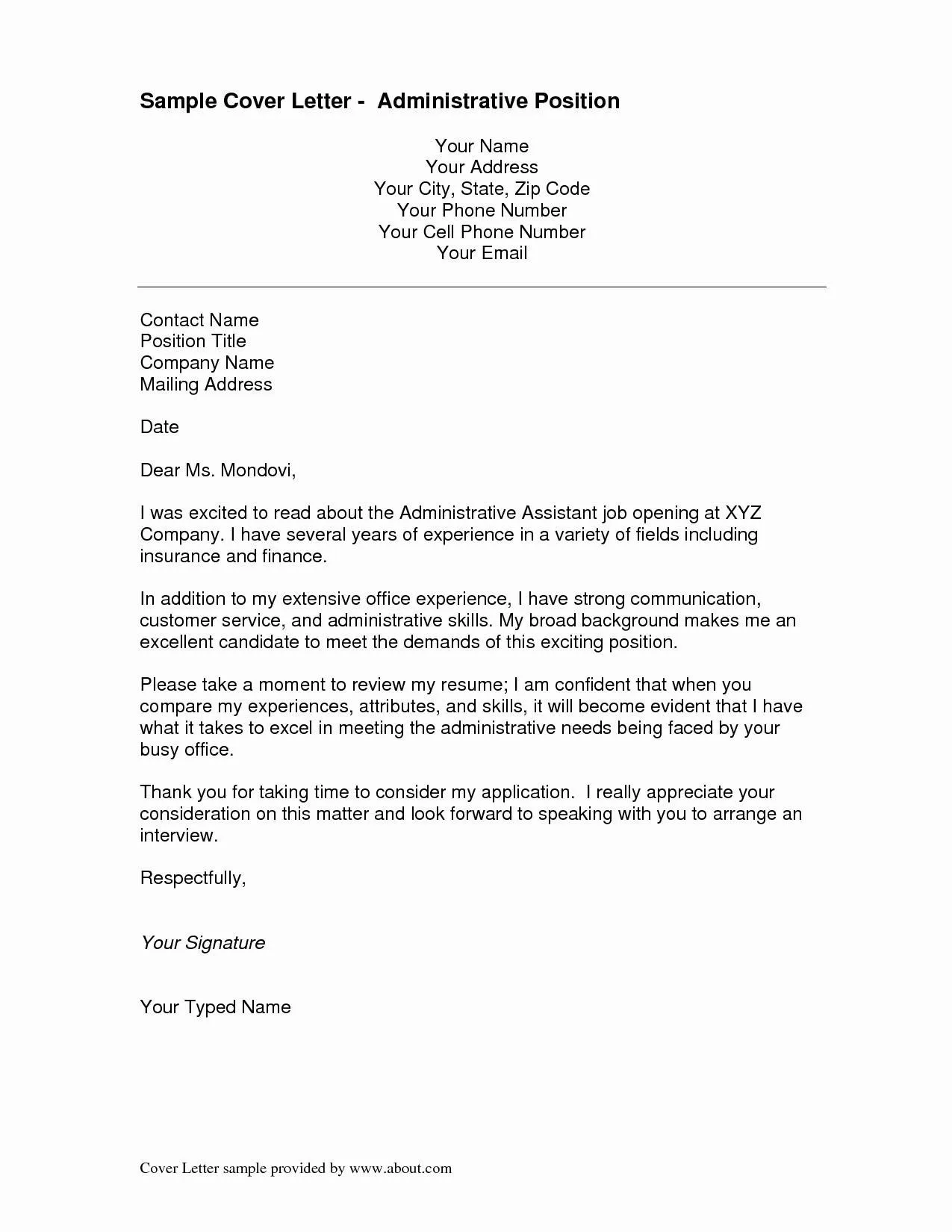
Tailoring your cover letter is absolutely critical for success. A generic cover letter sent to multiple employers is easily recognizable and usually ends up in the rejection pile. Instead, meticulously customize each letter to fit the specific job and company. Carefully review the job description and identify the keywords, skills, and qualifications that the employer values most. Then, use these keywords throughout your cover letter, ensuring that your skills and experience align with the job requirements. Highlight the specific responsibilities listed in the job description and provide relevant examples that demonstrate your ability to excel in those areas. Show that you understand the company’s values and goals by referencing their mission statement, recent initiatives, or other relevant information. This level of personalization shows the hiring manager that you are genuinely interested in the role and invested in the company.
Adapting the Cover Letter to the Job Description
To effectively adapt your cover letter, carefully analyze the job description to identify the essential requirements. Look for keywords, phrases, and specific skills or qualifications that the employer is seeking. Make a list of these key requirements and then review your skills and experiences to see how they align. In your cover letter, use the keywords and phrases from the job description to describe your relevant experiences. Provide examples that directly address the employer’s needs. For each key requirement, provide a corresponding example of how you’ve demonstrated that skill in the past. This demonstrates that you understand the job’s demands and are ready to contribute. Tailoring your cover letter shows the employer that you have the qualifications and the attention to detail required for the position.
Writing a Compelling Closing
The closing paragraph of your administrative cover letter should summarize your interest, reiterate your qualifications, and include a call to action. Start by briefly restating your enthusiasm for the position and the company. Reiterate why you are a good fit by summarizing your key skills and experiences that align with the job requirements. This reinforces the main points of your cover letter. End with a clear call to action. State your desire for an interview and how you look forward to discussing your qualifications in more detail. Provide your contact information again, so it’s easy for the hiring manager to get in touch with you. A strong closing leaves a lasting positive impression and encourages the hiring manager to take the next step.
Expressing Enthusiasm and Interest
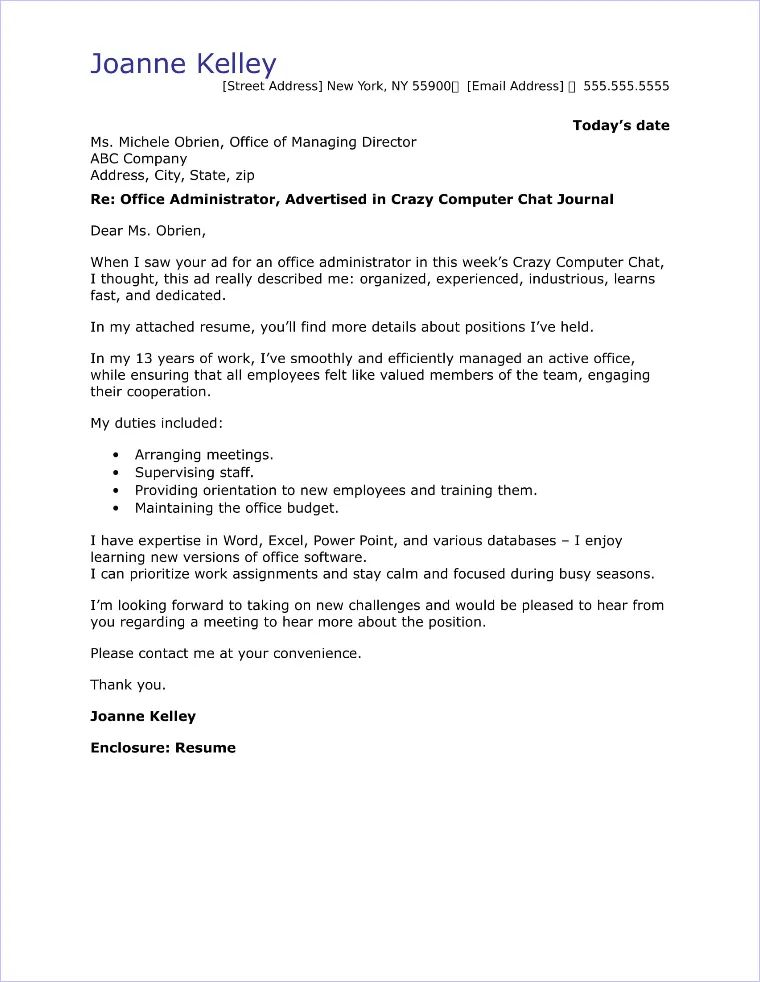
Expressing your enthusiasm and interest in the position and the company is crucial for creating a strong closing. Show your genuine excitement about the opportunity to contribute to their team. Mention specific aspects of the job or the company that appeal to you. For example, you could express enthusiasm about the company’s mission, its culture, or the specific responsibilities of the role. Referencing something specific, instead of just stating that you are “interested”, makes your statement more authentic and compelling. Briefly reiterate why you are a good fit for the role. This helps the hiring manager remember your most important qualifications. Show that you are not only qualified but also eager to be part of their team. A genuine expression of enthusiasm can leave a lasting impression.
Call to Action
A call to action is a direct statement in your closing paragraph that prompts the hiring manager to take the next step. Clearly state your desire for an interview. This tells the hiring manager exactly what you are hoping for. Provide your contact information again, including your phone number and email address. Make it easy for them to reach you. You may also mention your availability for an interview. For example, you could say you’re available to interview at their earliest convenience. Ensure the closing is positive and professional. A strong call to action encourages the hiring manager to consider your application further and increases your chances of getting an interview. Make sure you are ready for the call, and that all your information is up to date.
Formatting and Design
Effective formatting and design are essential for creating a professional and readable cover letter. The goal is to make the letter easy to read and visually appealing. Use a standard font like Times New Roman, Arial, or Calibri in a 10- or 12-point size. Ensure the font is clear and easy on the eyes. Use single-spaced lines with a double space between paragraphs. This enhances readability. Align your text to the left and avoid centering the text unless it’s for the header or your contact information. Include adequate margins (1 inch on all sides) to provide white space, making the letter less cluttered. Consider using bold font for headings and subheadings. This helps organize the content. A well-formatted cover letter is more likely to be read and understood. Proper formatting shows attention to detail.
Font and Readability
Choosing the right font is critical for the readability of your administrative cover letter. Select a professional and easy-to-read font like Times New Roman, Arial, or Calibri. Avoid overly stylized or decorative fonts, as they can be distracting and make the letter difficult to read. The font size should be between 10 and 12 points for the body of the text. Ensure the font size is consistent throughout the letter. Use bold font for headings and subheadings to help the reader easily scan the content. The use of white space, such as margins and spacing between paragraphs, also greatly improves readability. A clear and readable font makes a positive impression and ensures that your message is easily understood by the hiring manager. Poor font choices can lead to your cover letter getting discarded.
Proofreading and Editing
Proofreading and editing are non-negotiable steps in writing a great administrative cover letter. Carefully review your letter for any errors in grammar, spelling, and punctuation. Errors, no matter how small, can damage your credibility and make a negative impression. Read your letter aloud to catch any awkward phrasing or sentence structures. It is often helpful to have someone else proofread your letter. A fresh pair of eyes can catch errors that you might miss. Ensure that all names, titles, and company information are accurate. Check for consistency in formatting, such as font size and spacing. A polished cover letter demonstrates your attention to detail and commitment to excellence. This attention to detail is essential for any administrative position.
Common Mistakes to Avoid
There are several common mistakes that can undermine your administrative cover letter and reduce your chances of getting an interview. Avoiding these pitfalls is critical. One frequent error is using generic language instead of tailoring the letter to the specific job and company. Another is including grammatical and spelling errors. A cover letter riddled with mistakes gives the impression of carelessness and lack of attention to detail. Overstating your qualifications or making claims that cannot be substantiated is also problematic. Lying or exaggerating can quickly lead to a rejection. Failing to follow the instructions in the job description is another common mistake. By knowing what mistakes to avoid, you can significantly improve your cover letter and increase your chances of success.
Using Generic Language
Using generic language is a major mistake that makes your cover letter unmemorable and ineffective. Avoid using vague, cliché phrases that could apply to any job or industry. Replace generic statements with specific examples and details. Instead of writing, “I am a hard worker,” provide examples of how you’ve demonstrated your strong work ethic. Instead of saying “I am a team player,” explain how you have collaborated effectively in team projects. Tailor your language to the specific job and company. The generic cover letters lack the personalization and attention to detail that employers are looking for. Demonstrate your genuine interest and tailor your language to the specific requirements of the job.
Grammar and Spelling Errors
Grammar and spelling errors are a common but easily avoidable mistake that can damage your credibility. A cover letter with typos or grammatical errors creates a negative impression. Proofread your letter multiple times to ensure that there are no mistakes. Use a spell checker and grammar checker, but don’t rely on them entirely; these tools may not catch all errors. Read your letter aloud to check for any awkward phrasing or sentence structure problems. Ask a friend, family member, or career counselor to review your cover letter for errors. Ensure that all names, titles, and company information are accurate. Pay close attention to detail. A cover letter free of errors shows your attention to detail and professionalism.
Overstating Qualifications
Overstating your qualifications or making claims that cannot be substantiated can have serious consequences. Avoid exaggerating your skills, experience, or achievements. Only include information that is true and accurate. If you exaggerate, it can be easily discovered during the interview process or when your references are contacted. This can lead to your application being rejected and may damage your professional reputation. Instead of overstating your qualifications, focus on providing specific examples and quantifiable results. Provide evidence that supports your claims. Be confident, but truthful, about your skills and experience. Honesty and integrity are highly valued by employers.
Administrative Cover Letter Examples
Reviewing administrative cover letter examples is a great way to get ideas and inspiration. You can find many examples online. These cover letters can provide useful insights into how to structure your letter, what kind of language to use, and how to highlight your skills and experiences effectively. Consider how the examples tailor their content to specific job descriptions and company needs. Pay attention to how the examples use action verbs, quantify achievements, and demonstrate company knowledge. Use the examples as a guide, but avoid simply copying them. Instead, adapt the examples to create a personalized cover letter that reflects your unique skills, experiences, and career goals. Ensure the examples are relevant to the type of administrative position you are applying for and the industry. Analyze the examples and use them to improve your own cover letter.
Example Cover Letter 1
Here is a sample administrative cover letter. [Insert a well-written, concise example of a cover letter tailored to an administrative position]. This example should highlight the key elements, such as a strong opening, relevant skills, quantified achievements, and a clear call to action. The example should be easy to adapt and should serve as a template for creating your own. The language used in the example should be professional and engaging. This example cover letter should focus on a specific job description. Tailoring examples will give you a better understanding of how to make yours stand out. Use the example to learn about formatting, tone, and effective communication.
Example Cover Letter 2
Here is a second example cover letter. [Insert another well-written, concise example of a cover letter, tailored to a different administrative position or a different company]. This second example helps demonstrate variations in approach and content based on different job requirements or industries. The example will provide a comparison between different writing styles and layouts. These examples offer valuable insights into the process of tailoring a cover letter for various opportunities. Both examples together demonstrate the different ways of highlighting your skills and experience, and how to demonstrate enthusiasm and show that you are a strong candidate. This should help you generate ideas.
Final Thoughts on Writing a Great Cover Letter
Writing a great administrative cover letter is an important step in your job search. A well-written cover letter can highlight your skills, demonstrate your enthusiasm, and increase your chances of getting an interview. Remember to tailor each cover letter to the specific job and company. Research the company and identify the key requirements of the position. Focus on your relevant skills and provide specific examples of your achievements. Use action verbs and quantify your accomplishments whenever possible. Express your genuine interest in the position. Proofread and edit your cover letter carefully. A well-written cover letter is your first opportunity to impress a potential employer. Follow these tips to create a standout administrative cover letter and to get you on your way to your dream job.
